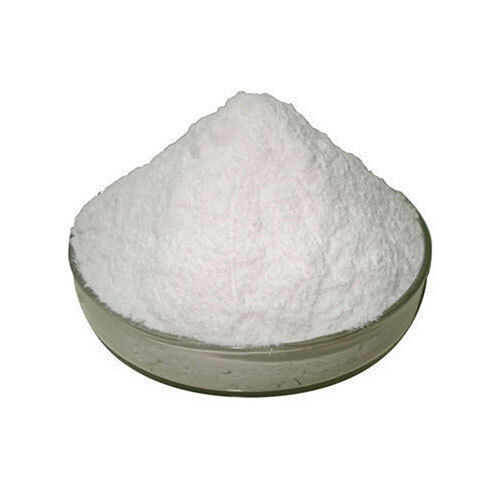
Sodium lauryl ether sulphate
Product Details:
- Application Industrial
- Appearance White Powder.
- Physical Form Powder
- Solubility In Water
- Storage Room Temperature
- Product Type Sodium lauryl ether sulphate
- Grade Industrial Grade
- Click to view more
X
Sodium lauryl ether sulphate Price And Quantity
- 150 Kilograms
Sodium lauryl ether sulphate Product Specifications
- Industrial
- White Powder.
- Powder
- In Water
- Room Temperature
- Sodium lauryl ether sulphate
- Industrial Grade
- 99%
Sodium lauryl ether sulphate Trade Information
- 5000 Kilograms Per Month
- 7 Days
Product Description
Sodium Lauryl Ether Sulphate (SLES) is a widely used anionic surfactant with good foaming and good cleaning abilities. It is easy to find it in personal care products such as shampoos and body washes, facial cleansers, industrial cleaners, and detergents. SLES is a low irritant to the skin, derived as it is by ethoxylation of lauryl alcohol, and provides an excellent emulsifying action, as well. SLES, therefore, is ideal when there is a need for a mild but effective cleanser. Its flexibility, low cost, and the fact that it can mix well with various ingredients have seen it be a favorite in all areas of the cosmetic, pharmaceutical, and cleaning sectors in the manufacture of a high-working, stable liquid mix.
FAQs:
Q1: Is Sodium Lauryl Ether Sulphate safe for skin?
A2: SLES is usually deemed to be safe to use on the skin at low levels of concentration, but can be irritant to sensitive skin or with longer contact at a higher concentration.
Q2: How is Sodium Lauryl Ether Sulphate different from SLS?
A3: SLES is less harsh compared to SLS since it has ethoxylation, reducing harshness, meaning that it can be used to make more personal care products.
Q3: Is Sodium Lauryl Ether Sulphate biodegradable?
A4: Yes, SLES can be described as biodegradable and unable to persist in the environment, which makes it superior to the other, more persistent contract surfactants.
Q4: Can SLES be used in industrial cleaners?
A5: Yes, SLES, because of its good specifications of degreasing and emulsifying, is often incorporated into industrial and institutional cleaning formulations.
Tell us about your requirement

Price:
Quantity
Select Unit
- 50
- 100
- 200
- 250
- 500
- 1000+
Additional detail
Mobile number
Email

 English
English Spanish
Spanish French
French German
German Italian
Italian Chinese (Simplified)
Chinese (Simplified) Japanese
Japanese Korean
Korean Arabic
Arabic Portuguese
Portuguese


